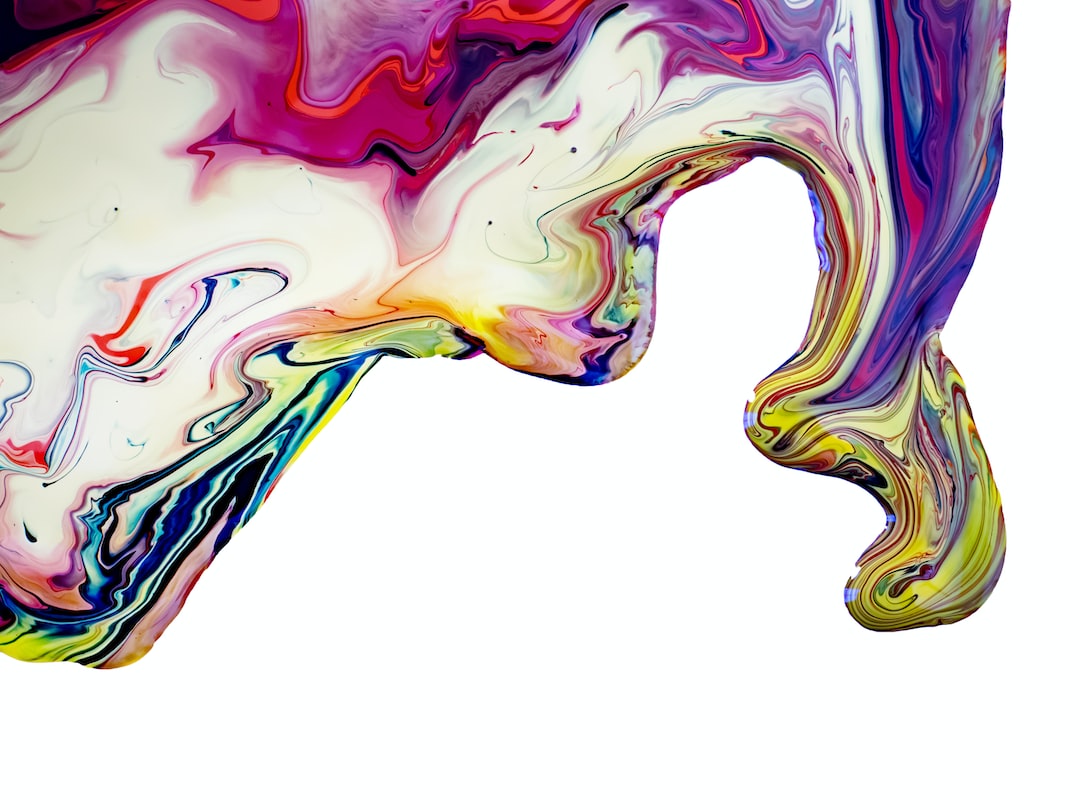The Magical World of Surrealist Art and Its Dream-Like Imagery
Art has the incredible power to transport us to different worlds, evoke emotions, and challenge our perceptions. Within the vast realm of art movements, Surrealism stands out as one of the most fascinating and enigmatic styles. Developed in the early 20th century by a group of avant-garde artists, the movement aimed to explore the hidden realms of the unconscious mind. Surrealism has captivated audiences worldwide with its dream-like imagery, fantastical landscapes, and mysterious narratives.
At the heart of Surrealism lies the exploration of the subconscious. Artists such as Salvador Dalí, René Magritte, and Max Ernst used various techniques to tap into the depths of their imaginations. Dreams, Freudian theories, and automatic writing acted as catalysts in their artistic process, allowing them to create works that were not bound by conventional reality. The result was a visual language that challenged the boundaries of rationality and invited viewers into the magical world of the unconscious mind.
One of the defining characteristics of Surrealism is its juxtaposition of seemingly unrelated objects and motifs. By combining ordinary elements in extraordinary ways, artists achieved a sense of absurdity and surprise. René Magritte’s iconic painting “The Son of Man” is a perfect example of this. In the painting, a suited man with an apple covering his face stands against a cloudy sky. The juxtaposition of a faceless figure and a symbol of temptation challenges our notions of identity and reality, inviting us to question the hidden meanings behind everyday objects.
Another prominent feature of Surrealism is the exploration of the human psyche and the representation of dreams and the subconscious. Salvador Dalí’s melting clocks in “The Persistence of Memory” convey a sense of time distortion and the fluid nature of reality. The imagery in this painting evokes a dream-like state, blurring the lines between the conscious and unconscious mind. By depicting familiar objects in unusual contexts, Dalí creates a sense of wonder and mystery, inviting viewers to delve into the depths of their own imagination.
Surrealist art often depicts fantastical landscapes and otherworldly scenarios that defy the laws of physics and logic. Max Ernst’s “The Elephant Celebes” is a prime example of this. In the painting, a bizarre creature resembling an elephant with elongated legs and a mysterious pyramid sits in a ghostly environment. The combination of disparate elements creates a disorienting effect, transporting viewers to an alternate reality. The dream-like quality of Ernst’s artwork invites us to let go of our preconceived notions of what is possible and embrace a world where anything can happen.
Surrealist art also frequently incorporates symbolism and hidden meanings. Magritte’s “The Treachery of Images,” featuring a realistic depiction of a pipe with the caption “This is not a pipe,” challenges our understanding of representation and language. By questioning the relationship between words and images, Magritte prompts us to consider the limitations of language in capturing the complexity of reality. This piece invites viewers to look beyond the surface level and explore the deeper connotations embedded within the artwork.
In conclusion, Surrealism has gifted us with a treasure trove of imaginative and thought-provoking artworks. By tapping into the realm of the subconscious, Surrealist artists have created a magical world that invites us to question our perception of reality. Through dream-like imagery, juxtaposition of objects, and hidden symbolism, they challenge the boundaries of rationality and encourage us to explore the depths of our own imaginations. Surrealist art continues to captivate audiences worldwide, reminding us of the boundless possibilities of creativity and the inherent magic within the human mind.
